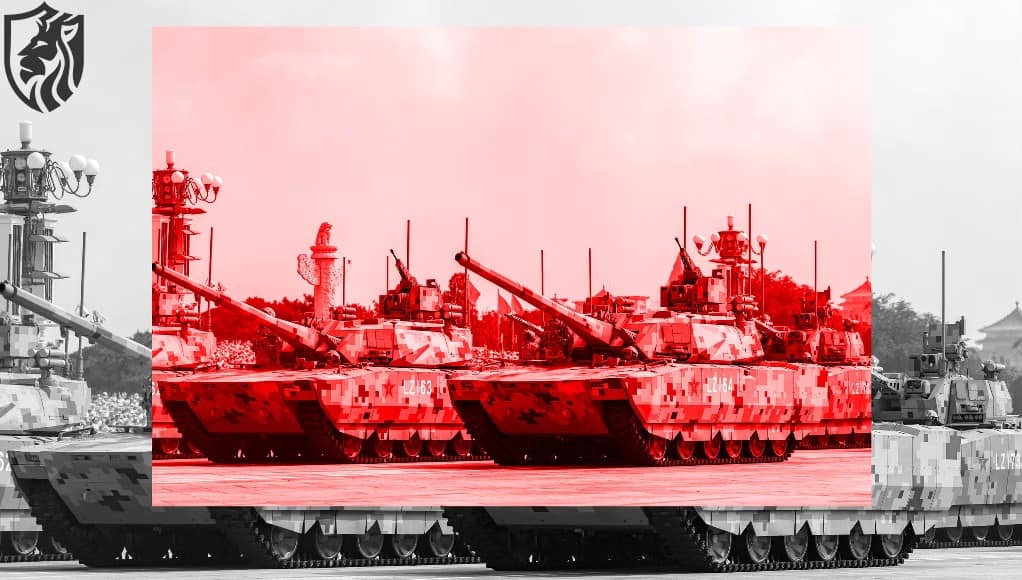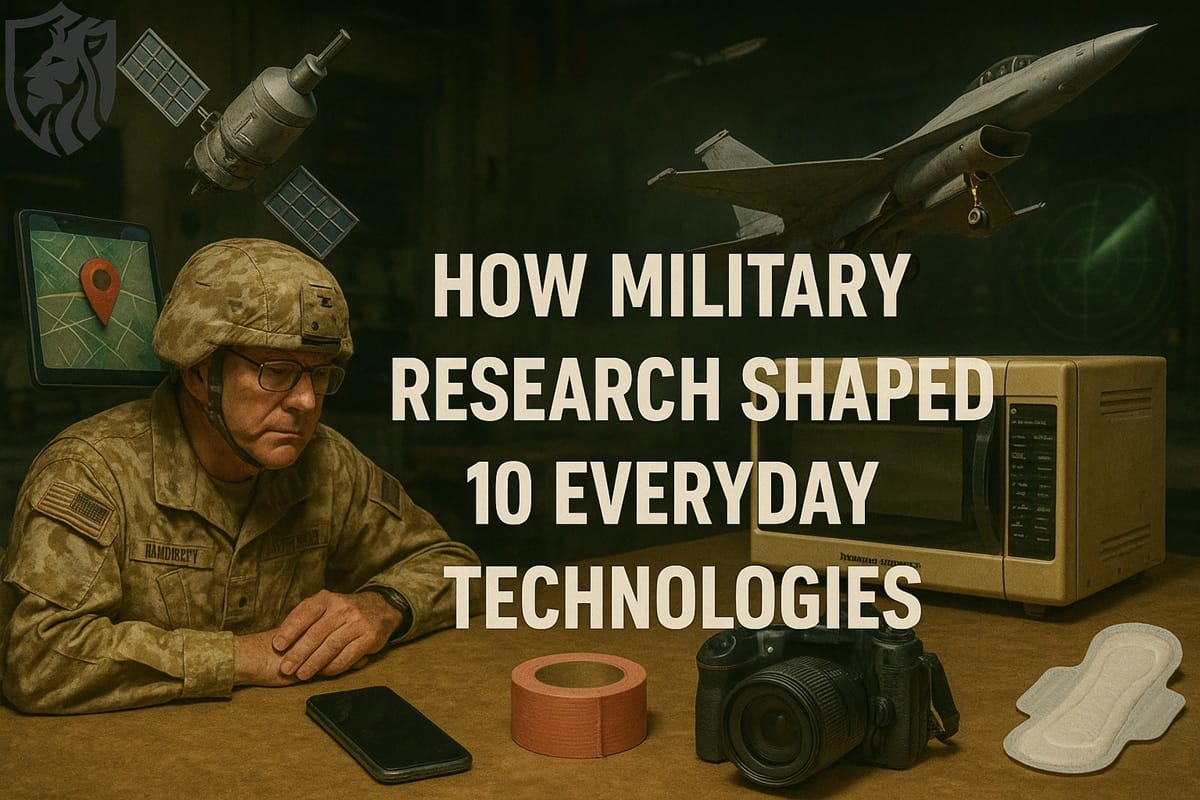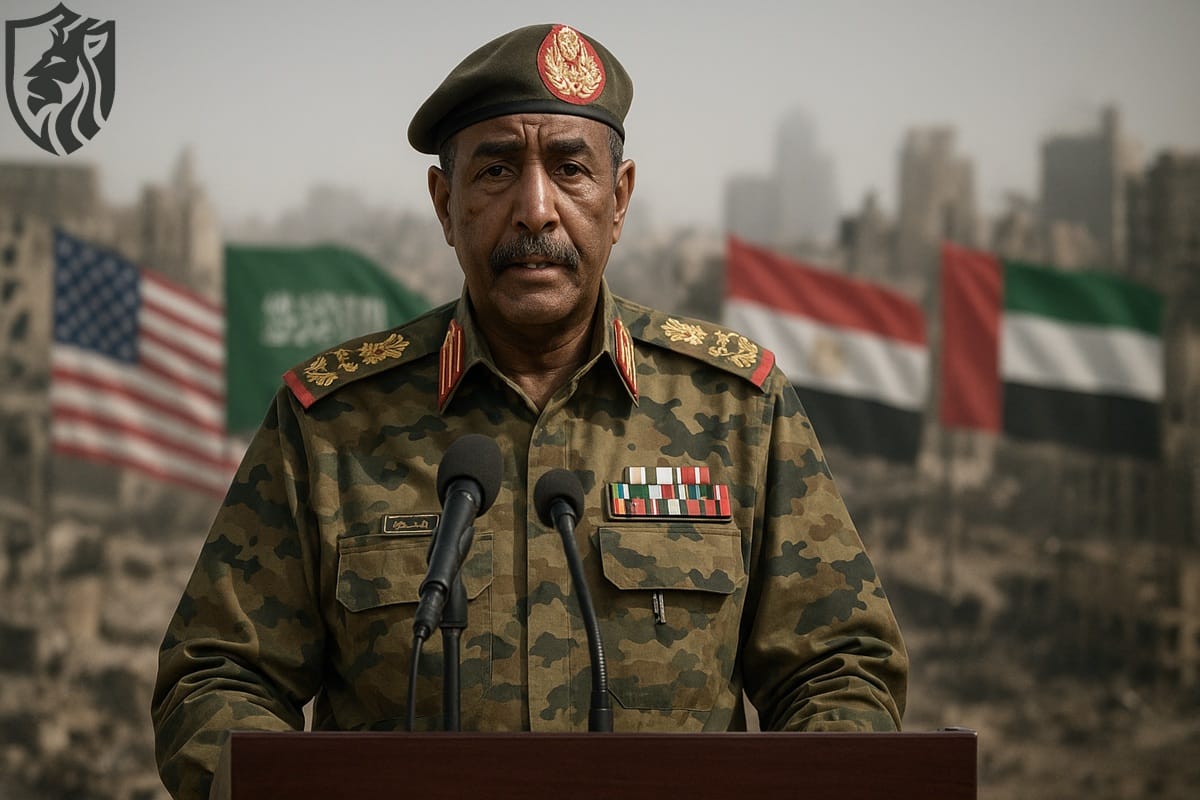
M1A1 Abrams tanks
Canberra Reaches Key Milestone in Support for Kyiv
Recently, Canberra reached one of the most important milestones in its support of Kyiv’s opposition to Russia’s invasion, as cargo vessels at an Australian terminal began loading the first batch of 49 worn-out M1A1 Abrams tanks for shipment to Ukraine.
The move, according to the Australian Broadcasting Corporation, comes after a long sequence of delays precipitated by logistical issues, U.S. export controls, and bureaucratic red tape. Officials expect the tank deployment to strengthen Ukraine’s battered armoured brigades, which now confront both Soviet-era and advanced Russian vehicles. However, concerns remain regarding the tanks’ operational effectiveness in combat and the long-term consequences of Western nations coordinating military aid.
From Hesitation to Approval
After much hesitation, Australia finally decided to send the tanks. In October 2024, it confirmed gifting M1A1 Abrams tanks to Ukraine. The $245 million aid package aimed to strengthen Ukraine’s defence forces.
Kyiv had shown interest in buying the tanks in February 2024. This came after the Australian Army retired them from active service. The transfer, however, faced several hurdles. U.S. officials raised concerns about the gift, requiring export control approval. A U.S. defence official told ABC they doubted the tanks’ effectiveness.
They noted that the Abrams’ top armour was weak and vulnerable to drones. The remarks reflect how the war is changing. Cheap drones now regularly destroy even the most advanced tanks.
Delays Linked to U.S. Aid Freeze
President Donald Trump’s temporary suspension of U.S. military aid to Ukraine in January 2025 further delayed processing at the Rzeszów logistics hub in Poland. This facility, which handles roughly 80% of Western military aid to Ukraine, suffered a bottleneck after U.S. logistics troops withdrew.
As a result, weeks passed before officials could finally export the tanks to Ukraine through the disrupted hub. In March 2025, Australian Defence Minister Richard Marles acknowledged the complexity of the transfer and confirmed that his team coordinated the timeline with Ukraine for security reasons, although he did not disclose any specifics. “They will certainly arrive on time, and they will arrive within the time frame that we’ve agreed with Ukraine,” Marles told ABC Radio.

Early Reluctance from Canberra
Australia’s initial reluctance to provide the tanks was one of the reasons for the logistical issues. In February 2024, Marles ruled out the possibility of sending Abrams tanks, stating that this gift was “not on the agenda.”
Canberra was hesitant to send the tanks to the US for maintenance, which was slow and costly. Secondly, the realignment of Australia’s military troops to a refurbished fleet of 75 M1A2 SEPv3 Abrams tanks that were to start arriving in 2024 was a priority.
Prior to decommissioning the older M1A1 tanks, the Australian government attempted to fully integrate the new armoured tanks. The Australian Army’s 59 M1A1 tanks were officially decommissioned by mid-2024; the final tank was decommissioned by the Brisbane-based 2/14th Light Horse Regiment in July.
Technical Overview of the M1A1 Abrams
The United States initially introduced the M1A1’s heavier counterpart, the Abrams M1A1, as the primary battle tank during the 1980s. Weighing around 63 tonnes, this vehicle is driven by a 1,500-horsepower AGT1500 gas turbine engine, which allows it to travel on paved roads at speeds of up to 42 miles per hour.
Its main armament is a 120 mm smoothbore cannon, model M256, that can be used to fire different rounds, including the M830 high-explosive anti-tank round against soft targets and the M829 armour-piercing, fin-stabilised discarding sabot round against heavy armour penetration.
Equipped with composite Chobham armour and reactive armour tiles, the armoured fighting vehicle offers excellent protection against typical threats. According to the war theatres of Ukraine, the vehicle’s susceptibility to top-down attacks is due to its design being developed before the extensive use of drones.
While the M1A1’s fire control system, featuring laser rangefinders and thermal imaging, has improved accuracy, its electronics are thought to be dated by comparison to newer models such as the M1A2 SEPv3.
While the gas turbine engine’s high output is impressive, it is notoriously fuel-intensive, using more than 300 gallons of fuel for every 100 miles, thus making it logistically troublesome in a combat situation with long supply lines.
Acquisition and Condition of Tanks
Australia acquired the M1A1 tanks in 2007 and has primarily used them for training at sites like Shoalwater Bay in Queensland. Although the tanks haven’t seen combat, some will need refurbishment before officials can ship them to Ukraine. Defence adviser JC Dodson, who helped negotiate the transfer, told the Australian Broadcasting Corporation about the tanks’ excellent condition.
He noted that Ukraine’s prior experience with donated U.S. M1A1s should help speed up integration of the Australian variants. Dodson also emphasised the remarkable preservation of the Australian tanks. He further added that the fact that there are multiple M1A1s in the theatre of operation indicates that the Ukrainians have some degree of training and a robust logistics chain.
Ukrainian Requests and Campaigns
The repeated requests that Ukraine made to buy tanks were the start of their journey to this point. In 2023, Kyiv launched a historic marketing campaign for the M1A1s that included a video combining clips of exercises conducted by the Australian Army with scenes from the Australian film Mad Max.
By the beginning of 2024, Rustem Umerov, the then-defence minister of Ukraine, was in talks with Australian authorities about purchasing an entire fleet of 59 tanks. Australia’s stance shifted, prompting a proposal to donate 49 tanks and retain 10 for training as they transitioned to the M1A2.
Vasyl Myroshnychenko, the ambassador of Ukraine to Australia, appreciated the gift and termed it a “significant contribution” that would ultimately save lives.
Strategic and Symbolic Importance
Since February 2022, when Russia invaded, Australia has supplied more than $1.3 billion of military assistance to Ukraine, showing its general commitment to the country. Donations in the past have included artillery shells, howitzers, and Bushmaster protected mobility vehicles.
For a total cost of around $163 million USD, Canberra’s largest contribution to date is the transfer of Abrams. It also reflects Australia’s strategic interest as a member of the AUKUS group and a major US ally in the Indo-Pacific. Australia provides diplomatic backing for Ukraine and saves money on modernisation by offloading its ageing M1A1s.
The M1A1 Abrams will significantly enhance Ukraine’s armoured strength, particularly in open areas where tanks remain useful in pushing back Russian forces or penetrating defensive positions.

Challenges and Vulnerabilities
The M1A1 Abrams is stronger than older Russian tanks like the T-72, which dominate Moscow’s armoured forces. Its thick armour and 120 mm gun give it a significant battlefield edge. The T-90 is a new Russian design with advanced reactive armour and electronic countermeasures.
This makes it more advanced than the M1A1 in some respects. Germany’s Leopard 2, also sent to Ukraine, offers similar firepower. However, it remains vulnerable to modern anti-tank missiles and drones.
Ukraine has fitted some M1A1s with “cope cages” to defend against drone attacks. It plans to equip Australian-supplied tanks in the same way. Although effective, the M1A1 tanks come with drawbacks, including high fuel use and complex maintenance demands.
Ukraine’s logistics teams must now manage even more pressure to support both Western and Soviet-era systems. Ukrainian crews will need time to adjust to operating and maintaining the Australian M1A1 variants, which may differ in configuration.
However, thanks to prior U.S. training, many Ukrainian troops are already familiar with M1A1 operational procedures and general performance characteristics. FPV drones and loitering munitions like Russia’s Lancet dominate the battlefield, posing an ongoing threat. The passive armour on the M1A1 would make it more vulnerable to drone attacks than newer tanks with active protection systems, like Israel’s Trophy.
Expert Opinions and Western Coordination Issues
“Retired Australian Major General Mick Ryan stated in an interview with the Australian Broadcasting Corporation that these tanks are essential for Ukraine’s ability to defend itself against Russia, emphasising the importance of their deployment.” The Department of Defence must act with haste, as they are not shipping them in for a training exercise.
The shipment also reflects deeper tensions in the Western bloc. The U.S. approval process under ITAR caused months-long delays in delivering military aid, reflecting Washington’s gradual assistance buildup. The early 2025 aid freeze exposed supply chain vulnerabilities after American personnel withdrew and operations halted at the Rzeszów hub.
Poland’s defence minister, Wladyslaw Kosiniak-Kamysz, said that normal operations at the hub have resumed since then after a week-long suspension. The incident sparked concerns about the long-term reliability of the hub.
Even with the suggested difficulties of war operations, Australian Prime Minister Anthony Albanese informed journalists that the government was acting within its power to accelerate aid, cognisant of logistical difficulties.
The Changing Role of Tanks in Modern Warfare
Sending M1A1 tanks to Ukraine shows how tanks’ roles are changing in modern warfare. The war has proved that cheap drones and precision weapons can destroy even the most heavily armoured vehicles. This reality is forcing militaries worldwide to rethink their dependence on traditional platforms.
The Australian Army reflects this shift by acquiring the M1A2SEPv3, which features advanced electronics, stronger armour, and networked systems. The M1A2’s sensors and communications give it an edge over the older M1A1 in countering future threats.
To maximise M1A1 effectiveness, Ukraine must coordinate it with air defence, electronic warfare, and drone units. Australia’s donation is symbolic, showing its non-NATO allies’ commitment to supporting Ukraine’s defence. In Rome, Zelenskyy thanked Prime Minister Albanese, stressing the tanks’ importance in Ukraine’s war effort.
Their arrival in Europe will be a visible boost to Australia’s aid efforts. They are likely to pass through the Rzeszów hub before reaching the front lines. Success will depend on Ukraine’s ability to adapt to high-tech battlefields and overcome logistical challenges.
The M1A1 deployment also sparks debate over the future of Western military aid. Delays and disagreements during the transfer demonstrate the difficulties of organising large-scale support in a fast-changing conflict.
References
- ABC News Australia – abc.net.au/news
- Defence News Today – defensenewstoday.info
- U.S. Department of Defense – defense.gov
- ITAR – pmddtc.state.gov
- Ukraine Ministry of Defence – mil.gov.ua
- Australian Department of Defence – defence.gov.au
- Reuters Ukraine Aid – reuters.com
- NATO Ukraine Assistance – nato.int
- The Guardian Ukraine Coverage —theguardian.com/ukraine









